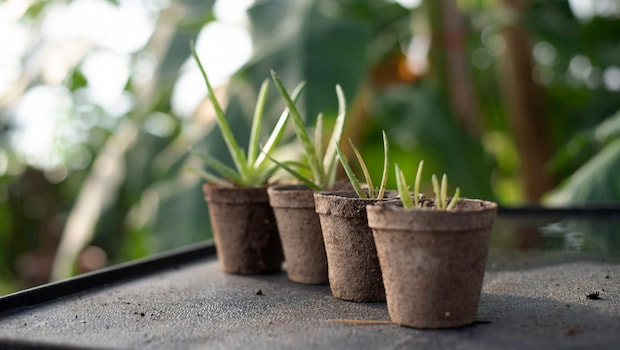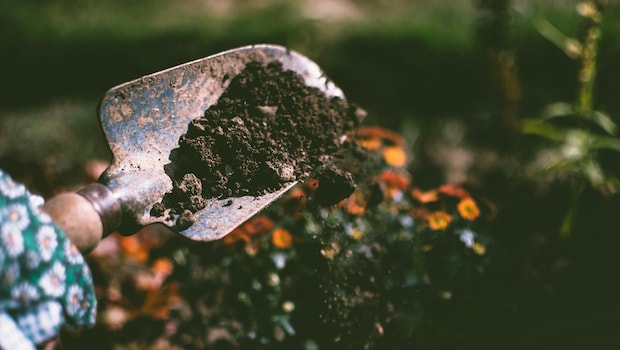There is something deeply rewarding about stepping onto your balcony and plucking a fresh lemon from your own plant. Growing lemons in pots may seem like a task meant for seasoned gardeners, but it is far simpler than it appears. With the right pot, the right soil and a bit of attention, these bright and fragrant trees thrive even in small spaces. Balcony gardens can offer just as much sunshine and nourishment as larger outdoor plots when set up thoughtfully. Many people do not realise how adaptable lemon trees truly are and how well they respond to container growing. Once you learn the basics, you may find that balcony lemons become one of the easiest and most satisfying plants to maintain.
Also Read: 5 Things You Should Never Clean With Lemons In The Kitchen
Growing Lemons In Pots: A Balcony Garden Guide
1. Choose the right pot and variety
Start with a large pot that has proper drainage holes, as lemon trees need room for their roots to spread. Varieties like Meyer or Lisbon lemons do particularly well in containers and adapt quickly to balcony environments. A pot that is at least 35-40 cm deep helps the plant establish itself and prevents water from collecting at the base.

Photo Credit: Pexels
2. Use light and well-draining soil
Lemons dislike compact or soggy soil, so choose a mix that contains compost, sand and a bit of coco peat. This ensures that the roots get both moisture and aeration. Well-draining soil prevents root rot and supports steady growth throughout the year.
3. Give the plant plenty of sunlight
Lemon trees love warmth and need at least six hours of direct sunlight daily. Position the pot where the plant receives steady morning or afternoon light without being blocked by walls or railings. Regular sunlight helps the plant bloom and produce flavourful fruit.
4. Water wisely without overdoing it
Balcony plants are often overwatered because their soil seems dry on the surface. Lemons need consistent but moderate watering, so check the soil a few inches down before adding more. Water deeply when needed and let the excess drain out completely.
5. Feed the plant for steady growth
Citrus plants require nutrients to fruit well. Use a citrus-friendly fertiliser once every four to six weeks during the growing season. Balanced feeding encourages healthy leaves, flowers and eventually plump lemons.

Photo Credit: Pexels
6. Prune lightly to encourage shape
Pruning helps the plant stay compact and healthy in a pot. Remove dead or crossing branches and trim lightly to shape the tree. Good pruning improves airflow and encourages fresh growth. With regular pruning, you'll be promoting a balanced structure and keeping your potted plant thriving!
7. Protect it from extreme weather
Balcony plants can be exposed to harsh winds or intense sunlight. Move the pot slightly during extreme heat or cover the plant with a light cloth during colder nights. These small adjustments keep the plant strong and resilient.

Photo Credit: iStock
Lemon Tree Care: Watering Tips, Best Soil Type And Sunlight Requirements
How Often Should You Water A Lemon Tree In A Pot?
Water your lemon tree when the top 2-3 inches of soil feels dry to the touch. Water deeply, but avoid overwatering, as this can cause root rot. Generally, water every 1-2 weeks during hot summer months and less often during cooler winter months.
What Type Of Soil Is Best For Growing Lemons In Containers?
Use a well-draining potting mix with compost, sand and perlite or coco peat. Avoid regular garden soil, as it can compact and prevent proper drainage. This mix retains moisture but prevents waterlogged soil.
Also Read: Lemons Or Oranges: Which One Offers More Vitamin C? Find Out Here
How Much Sunlight Does A Lemon Tree Need On A Balcony?
Lemon trees need at least 6 hours of direct sunlight per day. Place your tree in a spot with full sun to partial shade, ideally with morning or afternoon sun. Avoid intense, direct sunlight that can cause leaf scorch.
Now that you've learned how to grow lemons on your balcony, why not give it a try?










